Unleashing Creativity: Modern UI Design Inspiration Techniques
In today’s fast-paced digital world, the essence of creativity lies at the heart of every successful design project. For those seeking to elevate their user interface (UI) designs, modern UI design inspiration is a cornerstone of innovation. Whether you’re crafting a sleek mobile app, redesigning a website, or exploring new frontiers in interactive experiences, understanding the latest trends and techniques in modern UI design is crucial. This guide delves into the resources, methods, and insights that will help you unlock your creative potential and stay ahead in the ever-evolving landscape of design. From discovering top sources for modern UI design inspiration to mastering the key elements that define contemporary UI, this article offers a comprehensive exploration of the tools and strategies needed to fuel your creativity and deliver cutting-edge designs.
Key Takeaways
- Discover Modern UI Design Inspiration: Explore design blogs, websites, and frameworks like Bootstrap and Material Design to uncover the latest trends and techniques.
- Top Sources for UI Design Ideas: Utilize platforms like Behance, Dribbble, and Pinterest to spot cutting-edge UI/UX designs and stay ahead of the curve.
- Master Core UI Design Elements: Prioritize minimalist approaches, flat design, and responsive layouts to create seamless, user-friendly interfaces.
- Leverage Design Tools and Communities: Experiment with tools like Figma and Adobe XD, join forums on Behance or Reddit, and follow designers on social media for daily inspiration.
- Stay Updated with Trends: Follow influential blogs, watch YouTube tutorials, and read magazines like Creative Bloq to keep abreast of modern UI design trends.
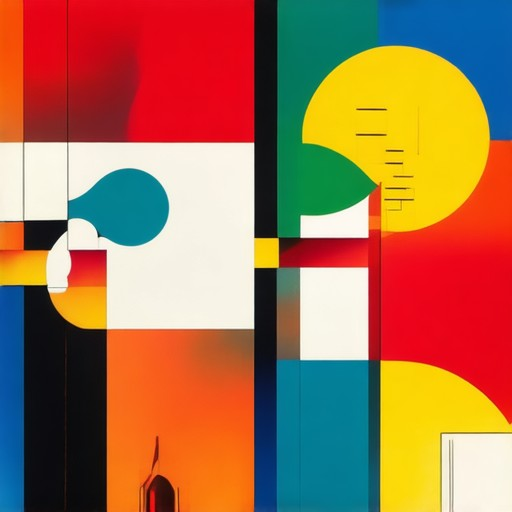
Best Resources for Modern UI Design Inspiration
Exploring the best resources for modern UI design inspiration requires delving into platforms that offer cutting-edge trends, tools, and techniques. Here’s a curated list of top resources to inspire your next design project:
Design Trend Resources
- Dribbble – A premier platform showcasing the latest UI/UX designs, case studies, and trends. Dribbble is a go-to source for discovering innovative interface designs and community-driven inspiration.
- Behance – Known for its vast collection of creative projects, Behance allows designers to explore a wide range of UI/UX designs, tutorials, and portfolio pieces.
- Webflow Design System – Offers a wealth of modern design components and patterns, perfect for understanding contemporary UI design practices.
- Adobe Design Insights – Provides insights into the latest design trends, featuring articles, videos, and resources tailored for UI/UX professionals.
Design Tool Resources
- Canva for UI Design – While primarily known for graphic design, Canva offers a suite of tools and templates ideal for creating modern UI elements and mockups.
- Figma – A leading cloud-based design tool that provides access to a library of ready-made UI components and design systems.
- Sketch – Known for its intuitive interface, Sketch offers a growing collection of UI design assets and resources.
- InVision – Invision’s design system resources include UI kits, patterns, and templates that can accelerate your design process.
Additional Resources
- UIDesign.cc – A treasure trove of high-quality UI design resources, including icons, buttons, and complete design systems.
- Material Design – Google’s Material Design principles provide a solid foundation for modern UI design, offering guidelines and components for various applications.
- Smashing Magazine – Features articles on modern web design trends, often covering UI/UX topics and providing practical insights.
- Interaction Design Foundation – A hub for interaction design resources, including UI patterns, case studies, and educational materials.
By exploring these resources, you can stay ahead of the curve in modern UI design and bring fresh ideas to your projects. Whether you’re looking for design trends, tools, or inspiration, these platforms offer a wealth of knowledge and resources to fuel your creativity.
Top Ways to Get Modern UI Design Inspiration
Modern UI design inspiration can be sourced from various avenues, each offering unique perspectives and trends. Here are the most effective methods:
- Online Communities
- Explore platforms like Dribbble and Behance for discovering cutting-edge UI designs and trends.
- Browse design blogs and websites such as Smashing Magazine and UX Design CC .
- Join forums and discussion groups like GitHub or for community-driven insights.
- Attending Design Conferences
- Participate in events like WWDC or UX Design Week to see live demonstrations of modern UI practices.
- Enroll in workshops and attend talks by leading designers to gain insights into the latest trends and techniques.
- Reading Design Books
- Refer to classic titles like Don’t Make Me Think by Steve Krug for foundational UI design principles.
- Explore contemporary books such as UI Design Complete by Billie Ward and Chris Avila for comprehensive guidance.
- Following Designers on Social Media
- Follow leading UI designers on Instagram and Twitter for daily updates on their projects and design processes.
- Subscribe to newsletters from design leaders to stay informed about their latest work and approaches.
- Participating in Design Challenges
- Join global design challenges like Awwwards or Red Bull Design to push your creativity.
- Collaborate with peers on community platforms like Open Collective to brainstorm and refine ideas.
- Exploring Real-World Environments
- Visit museums and galleries to study how real-world objects and exhibits influence design.
- Observe street signs, retail displays, and product packaging in physical environments.
- Using Design Tools
- Leveraging AI Tools
- Use AI-powered tools like MidJourney and Stable Diffusion to generate visual concepts inspired by modern design trends.
- Experiment with AI-driven design generators to explore unique UI elements and layouts.
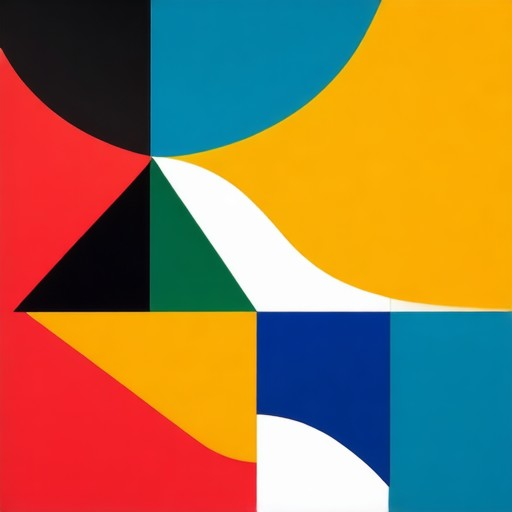
Effective Ways to Gather Modern UI Design Inspiration
There are numerous effective methods to gather modern UI design inspiration, each offering unique benefits and approaches. Below are some of the most reliable and efficient strategies:
- 1. Utilize Design Inspiration Platforms
- Dribbble : Known for its vast collection of high-quality UI designs, Dribbble allows designers to explore trending layouts, color schemes, and interactive components. Explore Dribbble
- Adobe XD : As a design tool itself, Adobe XD features a built-in asset library with thousands of UI components and design patterns. Visit Adobe XD
- Figma : Figma’s community-driven platform hosts a wealth of UI kits and design assets, making it a great resource for discovering modern trends. Check Figma
- 2. Follow Leading Design Blogs
- Smashing Magazine : Renowned for its in-depth articles on web design, Smashing Magazine frequently covers the latest trends in UI design. Read Smashing Magazine
- CSS-Tricks : Specializing in front-end design, CSS-Tricks provides a wealth of resources and tutorials on modern UI design techniques. Visit CSS-Tricks
- Awwwards : Awwwards highlights the best digital design work globally, offering a curated selection of cutting-edge UI designs. Explore Awwwards
- 3. Engage with Online Communities
- Reddit : Subreddits like r/UIDesign and r/WebDesign share daily inspiration and discussions among design professionals. r/UIDesign
- Behance : Behance is a platform where designers showcase their work, offering a treasure trove of UI design projects and case studies. Behance
- GitHub : Many UI designers share their open-source projects on GitHub, providing insights into real-world implementations. GitHub
- 4. Explore Trending Platforms
- Instagram : Many design studios and influencers share visually appealing UI concepts and components on Instagram. Instagram
- Pinterest : Pinterest is a great visual bookmarking tool, with many boards dedicated to UI design trends and components. Pinterest
- 5. Attend Conferences and Webinars
- Events like CSS Conf and Frontend Masters bring together leading designers and developers to share their insights.
- 6. Read Books and Watch Videos
- Books like UI Design Fundamentals by Jeff Mallory and resources from channels like UX Design CC offer deep dives into modern UI principles.
- 7. Collaborate with Peers
- Join design meetups or online forums to discuss challenges and share inspiration with fellow designers. For example, Meetup has many local design groups.
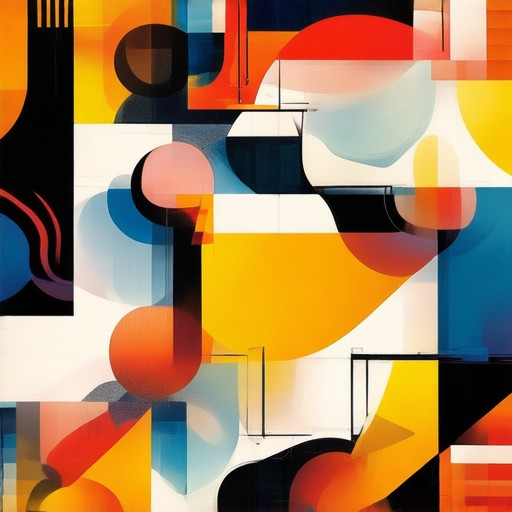
How Can I Find Modern UI Design Inspiration?
Discovering modern UI design inspiration involves leveraging a mix of online resources, communities, and tools tailored to the latest trends in user interface design. Here’s a structured approach to finding inspiration:
- Explore Design Blogs and Websites : Websites like Smashing Magazine and UXDesign.cc are excellent sources for curated UI design examples and articles.
- Utilize Design Frameworks : Platforms like Bootstrap and Material Design offer pre-built components that reflect modern design trends.
- Join Design Communities : Participate in forums such as Dribbble and Behance to connect with designers and explore their work.
- Follow Designers on Social Media : Platforms like Instagram and Twitter are vibrant spaces where designers share their latest projects and inspirations daily.
- Use UI Design Tools : Tools like Figma and Adobe XD allow you to explore and experiment with modern UI designs in real-time.
- Study Case Studies : Analyzing case studies from reputable sources like Medium or UX Planet can provide deep insights into successful UI designs.
- Attend Design Conferences : Events like Conference Name offer opportunities to network with designers and see firsthand examples of modern UI implementations.
By combining these methods, you can efficiently uncover modern UI design trends and gain valuable insights to fuel your creative process.
What are the top sources for modern UI design inspiration?
Top Platforms
- Behance – A leading platform for showcasing and discovering UI/UX designs. Explore thousands of creative projects and get inspired by global designers.
- Dribbble – Known for its high-quality UI/UX designs, Dribbble is a go-to source for spotting the latest trends and innovations in modern design.
- Pinterest – While often used for visual inspiration, Pinterest is a treasure trove for UI design ideas, featuring curated boards by design enthusiasts.
- 119 Web Design – A resource-focused platform offering up-to-date tips, tutorials, and insights into the latest design trends. Perfect for elevating your web design projects.
Additional Resources
- Design Blogs – Follow influential blogs like Smashing Magazine and UX Design CC for daily design insights and trends.
- YouTube Channels – Subscribe to channels focused on UI/UX design, such as Interaction Designers for video tutorials and case studies.
- Online Communities – Join forums like Behance Community or Reddit’s r/UI_design to connect with fellow designers and share ideas.
- Design Magazines – Read publications like Creative Bloq and Graphic Design Magazine for in-depth articles on modern UI trends.
By exploring these sources, you’ll gain access to a wealth of creative ideas and resources to fuel your modern UI design projects.
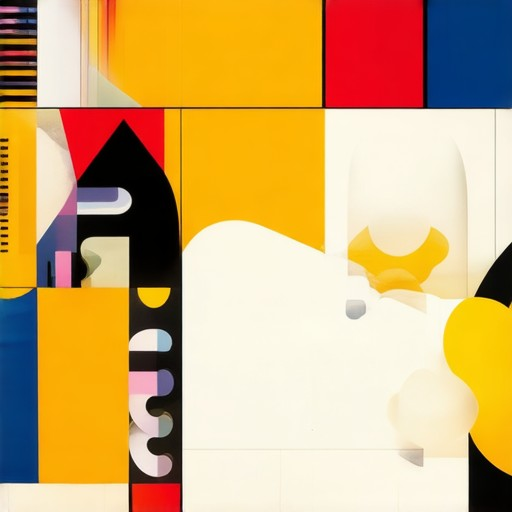
Key Elements Defining Modern UI Design
Modern UI design encompasses a blend of aesthetics, functionality, and user-centricity. Here are the core elements that define contemporary user interface design:
- Minimalist Approach :
Modern UI often prioritizes simplicity and cleanliness. Minimalist designs reduce cognitive load by focusing on essential elements, ensuring users can easily navigate and interact with the interface. - Flat Design :
Flat design emphasizes 2D elements with no shadows or gradients, creating a sleek and modern look. This style is widely adopted due to its versatility and ability to adapt across different platforms. - Cross-Platform Consistency :
Modern UI design ensures seamless experiences across various devices and platforms. Developers focus on creating responsive layouts that adapt to different screen sizes and user behaviors. - Intuitive User Experience (UX) :
The primary goal of modern UI design is to create intuitive experiences. Designers use micro-interactions, visual cues, and consistent patterns to guide users effortlessly through tasks. - Visual Hierarchy :
Proper visual hierarchy organizes elements, guiding user attention. This is achieved through strategic spacing, typography, and color contrasts, ensuring users can quickly find what they need. - Typography :
Clean, readable typography is a cornerstone of modern UI design. Designers choose fonts that enhance readability while maintaining aesthetic appeal, often using sans-serif fonts for their simplicity and modern feel. - Color and Contrast :
Color plays a pivotal role in modern UI design. Thoughtful color choices enhance usability, while adequate contrast ensures readability. Colors are selected based on their psychological impact, influencing user emotions and behavior. - Responsive Design :
Modern UI design must be responsive, adapting to various devices and screen sizes. This ensures a consistent and pleasurable experience across desktops, tablets, and mobile phones. - Micro-Interactions and Animations :
Subtle animations and micro-interactions add polish to a UI. These elements provide feedback to users, enhancing engagement without overwhelming them with excessive motion. - Accessibility :
Modern UI design prioritizes accessibility, ensuring interfaces are usable by everyone. Features like alt texts for images, keyboard navigation, and screen readers are integral parts of the design process. - Adaptive Design Systems :
Design systems allow for quick customization, enabling brands to tailor interfaces to their specific needs. This approach fosters consistency and efficiency in long-term projects. - User Feedback Mechanisms :
Modern UI design incorporates mechanisms for user feedback, such as surveys or in-app prompts, to continuously improve the user experience.
In conclusion, modern UI design balances aesthetics with functionality, ensuring interfaces are not only visually appealing but also highly effective. By focusing on user-centered principles, designers create solutions that resonate with audiences while meeting functional requirements.
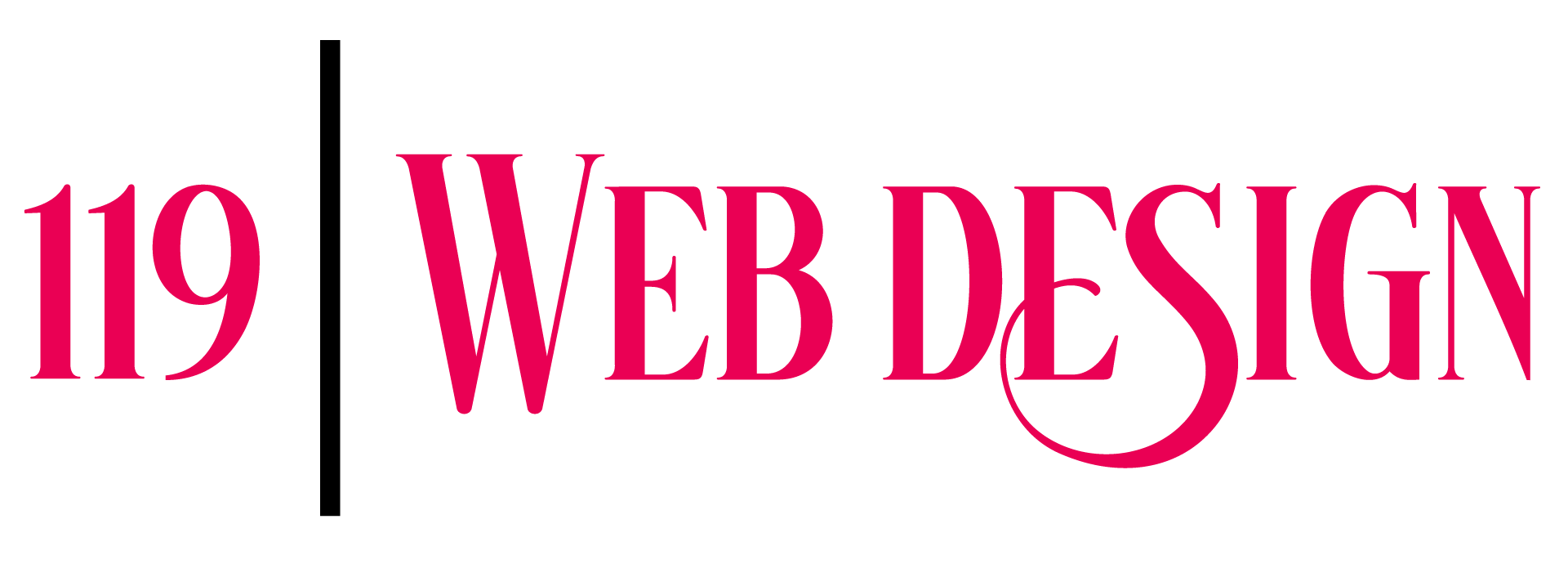

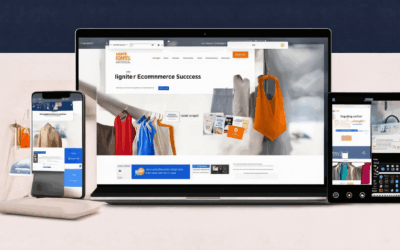
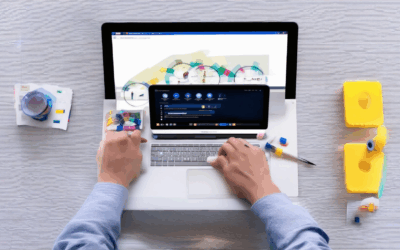
0 Comments